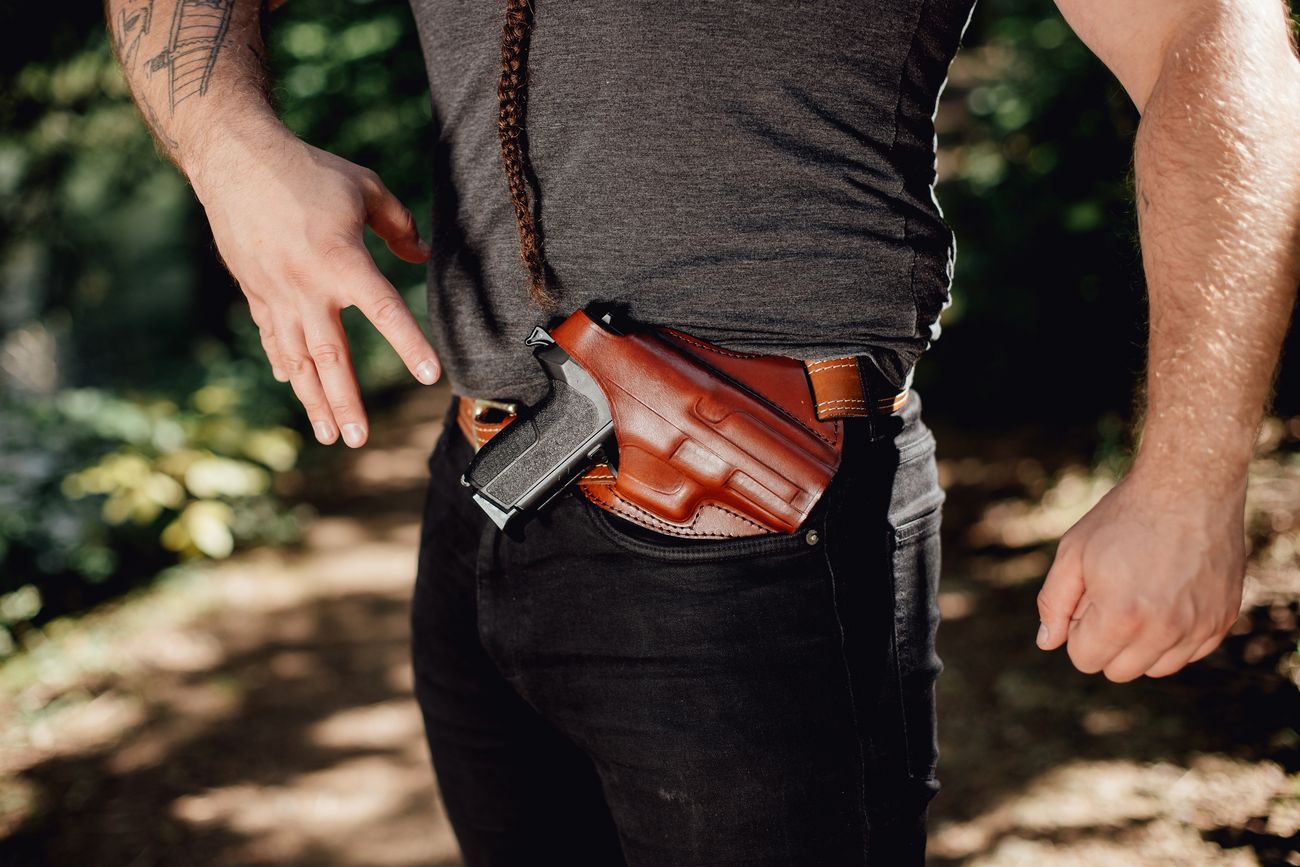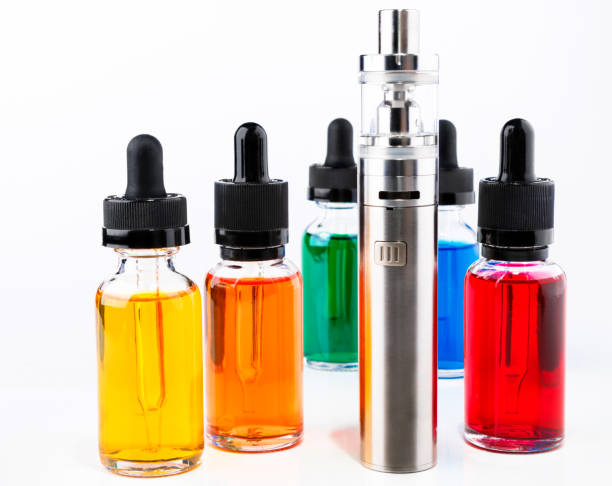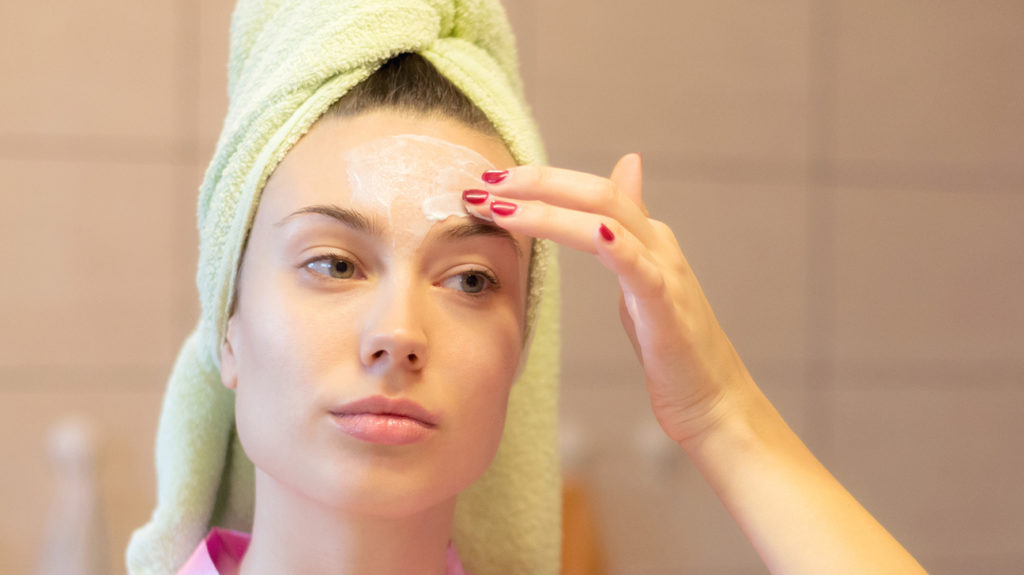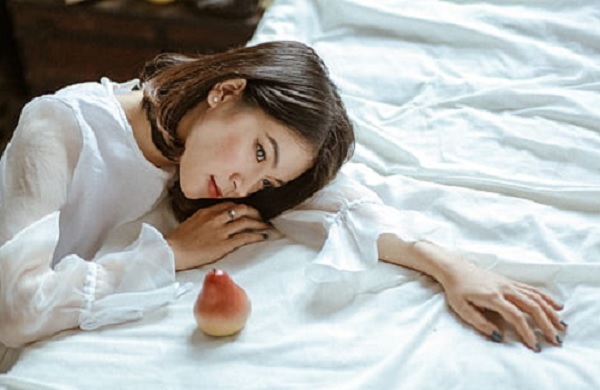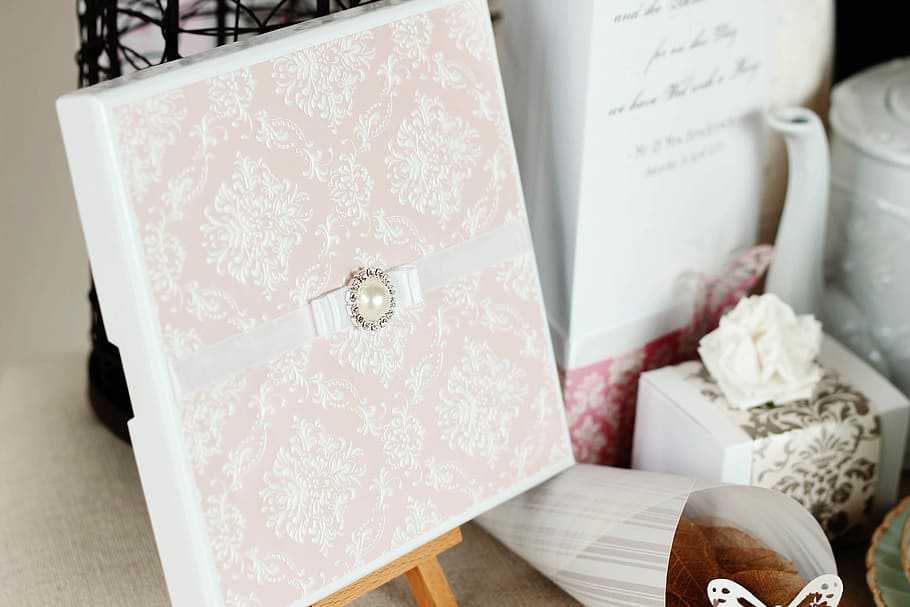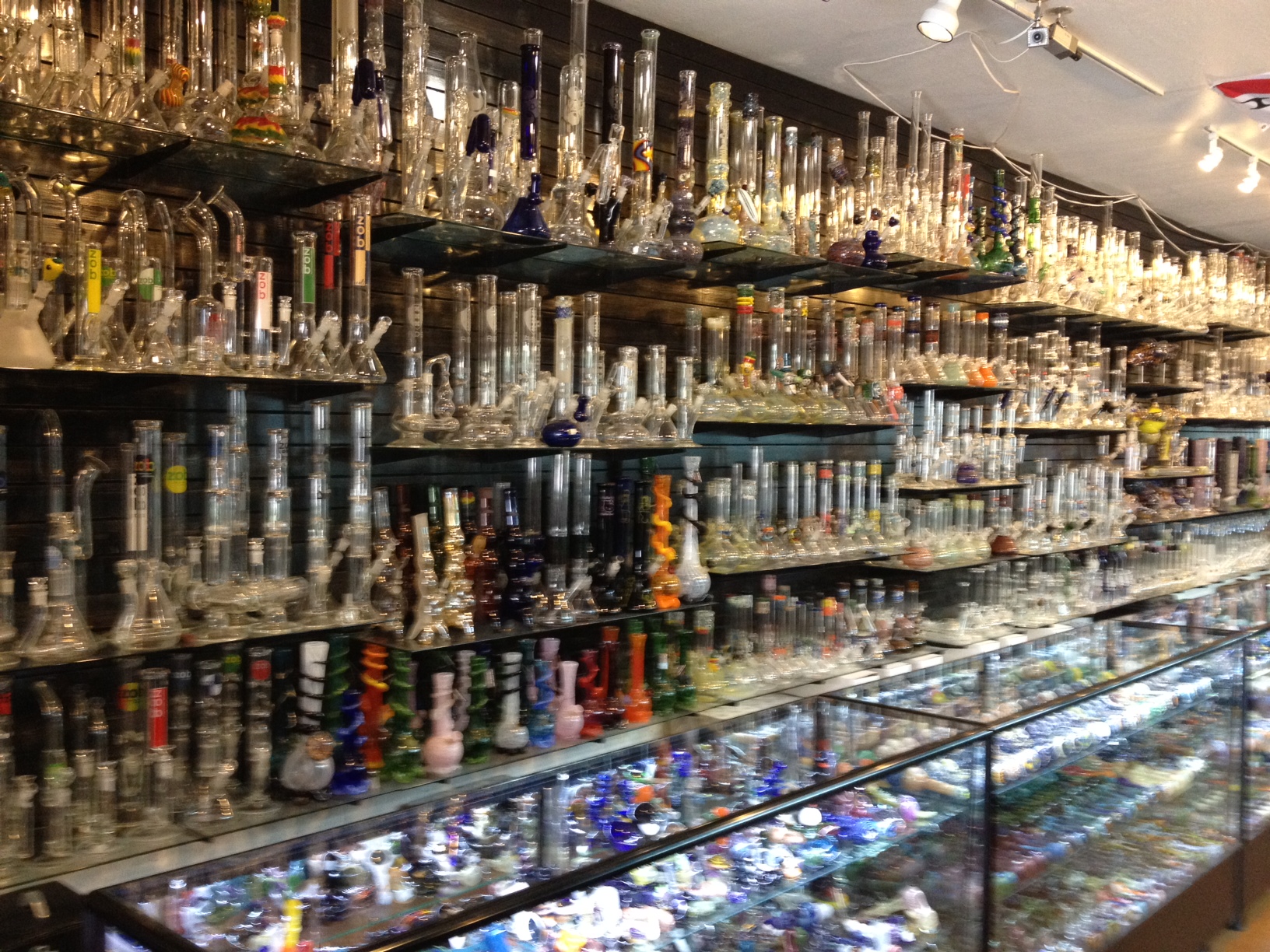
A head shop is a store that sells cannabis, other recreational drugs, legal highs, legal party powders, and New Age herbs, as well as counterculture art, periodicals, music, clothes, and home décor. Some head shops also sell oddities like ancient walking sticks.
The Function of the Local Headshop
If you’re wondering, “what is a head shop?” it’s essentially a place that sells cannabis and tobacco-related products, but it wasn’t always like that. Headshops started out as shops that sold various drug paraphernalia. From water pipes and rolling papers to trippy visual aids and incense, you could pretty much count on your local headshop to have everything you need to keep your drunkenness at its peak. Of course, the narcotics themselves were not on the shelves of a headshop. Indeed, federal and state regulations have to find headshops eluding infractions through ingenuity. Certain incriminating words were barred from usage within the business to give the impression that the glass pipes and water pipes adorning the headshop shelves were not meant for drug use. Using one of these suggestive words would usually get you kicked out of the headshop or, in the worst-case scenario, a permanent prohibition.
This vocabulary-based ban continues in effect in states that have yet to legalize marijuana. Headshops became key countercultural support centers in the late 1960s, providing a safe haven for the distribution of underground literature that questioned authority or promoted esoteric spiritual practices. The political significance of the event was eventually diminished. The headshop aesthetic has been co-opted by the early 1990s. You could buy your tie-dyed Bob Marley t-shirt, happy face black light poster, and Che Guevara shot glass in a retail center. The revolution’s physical components seeped into popular culture, decoration, and clothes, and the need for headshops became less urgent.
Headshops’ Ascension, Fall, and Ascension Again
When headshops initially started to pop up, they were mostly concentrated in the hippest areas of major U.S. cities. The renowned cradle of psychedelia, Haight-Ashbury in San Francisco, saw a significant increase in headshops. Further down the coast, the west side of Los Angeles had a slew of headshops, especially along the ocean. On the East Coast, New York City’s St. Mark’s Place served as a headshop sanctuary, and Chicago’s Old Town had its fair share. The iconic Psychedelic Shop on Haight Street, which opened its doors on January 3, 1966, is widely regarded as the birthplace of the headshop. A few months later, New York City got its first headshop when the appropriately called Head Shop opened on E 9th Street.
Headshops never entirely disappeared, but when stoner culture was appropriated by corporations for novelty T-shirts, the average headshop was forced to become a conventional smoke shop, selling just drug paraphernalia like water pipes. Headshops are regaining appeal now that marijuana is legal in an almost-but-not-quite-legal grey zone. With the introduction of the low-cost internet head store, many have progressed beyond their brick-and-mortar predecessors.
Nowadays, it’s not surprising that brick-and-mortar head shops are in competition with the online wholesale giants.

